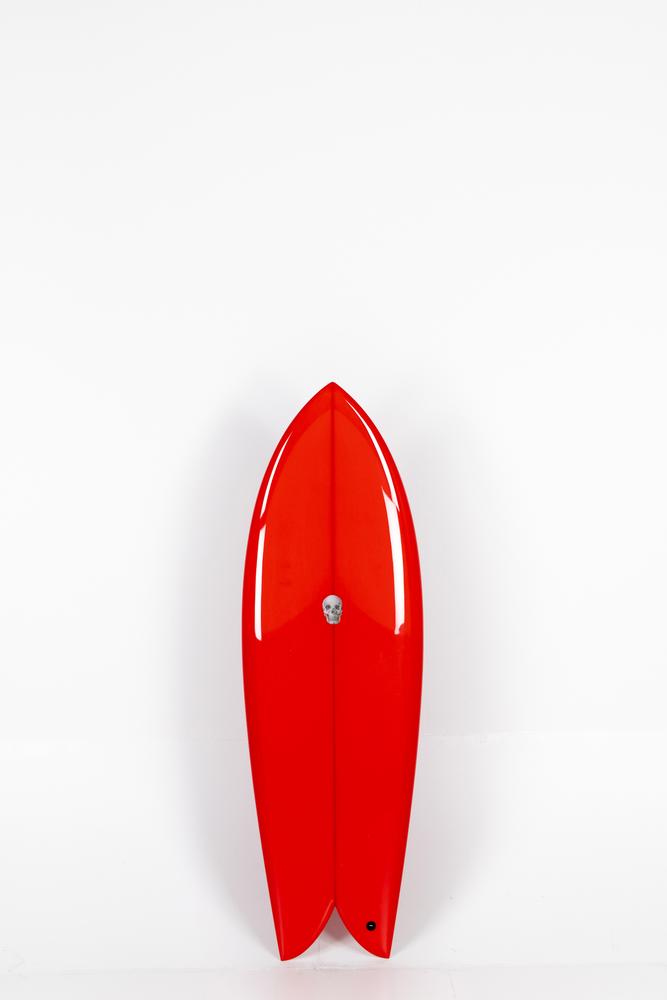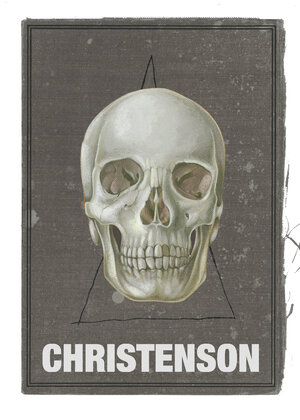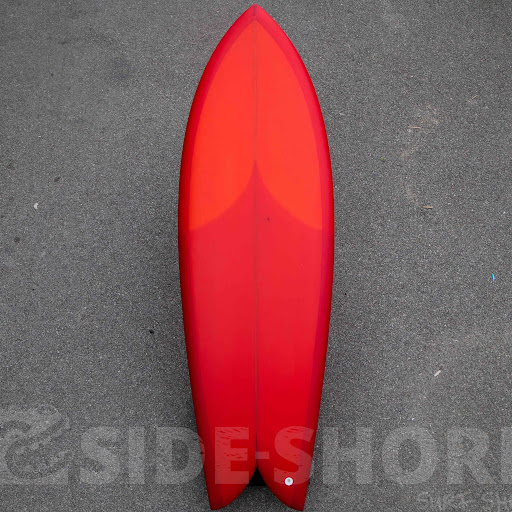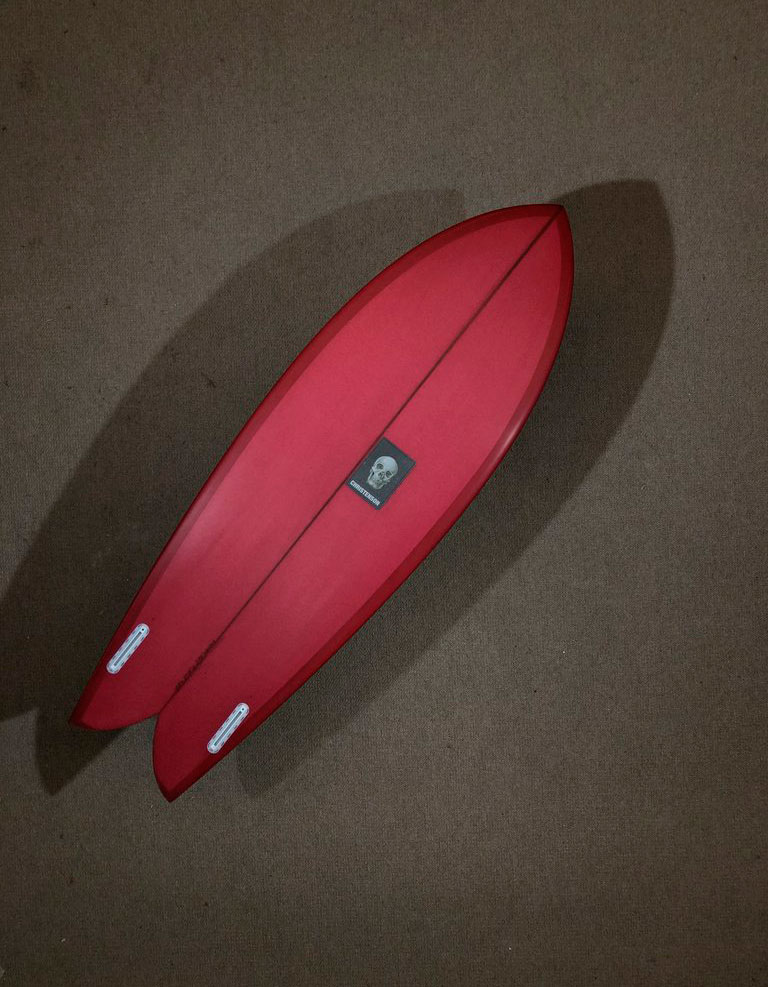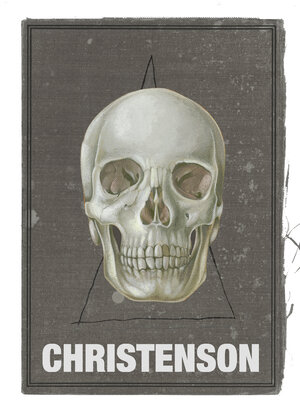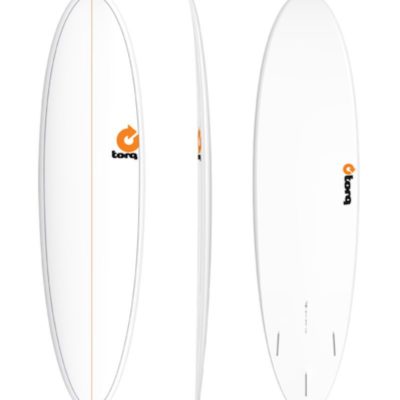Description
size: 5’10 x 21 1/2” x 2 9/16”
The Christenson Fish combines the classic vibes of the Steve Lis fish with modern high performance.
From afar, the Christenson Fish looks to be a classic keel fin fish. But when you zoom in, you see so many unique and modern high performance features.
The CC Fish excels in a wide range of surf conditions from groveling up to overhead. The hold of this board in solid surf surprises most.
Most think the split tail fish design was meant to be a groveler. This is probably why people trip out when they see them being used in good surf. Actually, according to Steve Lis, he made his first fish as a good wave board. The split tail, acts like two pintails, so when you’re up on rail, you’ve got a narrow pintail, with a single fin solidly engaged in the wave face. The control this board maintains, becomes a whole lot easier to understand when you think about it that way.
